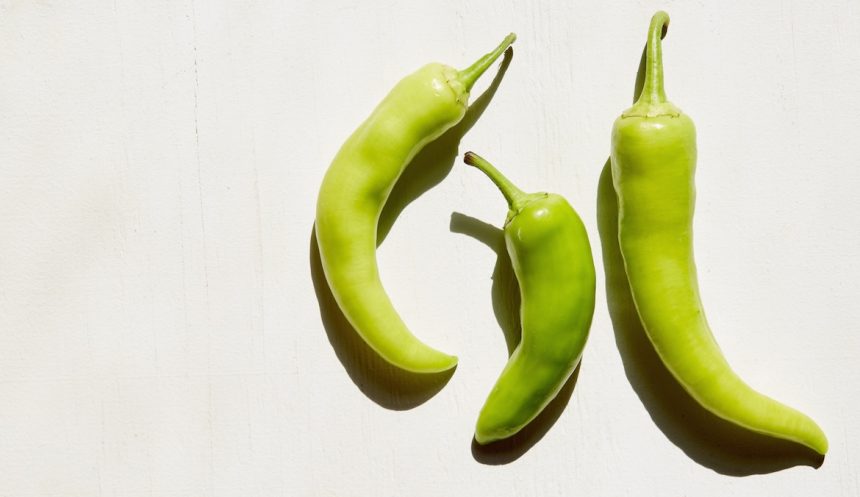Whether you’re an expert at meal prep or prefer a simple salad or sandwich for lunch, having a variety of toppings on hand is essential to elevate your plate. Spices, seasonings, condiments, and fresh produce all play a role in enhancing the flavor of dishes. One often overlooked vegetable that can add a unique touch to your meals is the humble banana pepper. With its perfect balance of sweetness and spice, banana peppers can bring unexpected zest to your dishes and dips.
Not familiar with banana peppers? They are a variety of the Capsicum annuum species, related to bell peppers and chili peppers. Despite their name, they don’t taste like bananas. But could these delicious peppers, a staple in Italian hoagies, actually be beneficial for your health?
Below, we delve into the world of banana peppers—discussing their taste, nutritional value, and ways to incorporate them into your diet.
Nutrition Facts of Banana Peppers
Interested in the nutritional content of banana peppers? Let’s start with their impressive nutritional profile. According to the USDA, one cup of raw banana peppers contains:
- Calories: 33.5
- Protein: 2 grams
- Fat: 0.56 grams
- Carbohydrates: 6.6 grams
- Fiber: 4 grams
- Sugar: 2.4 grams
Banana peppers also contain calcium, vitamin C, potassium, vitamin B6, vitamin A, and trace amounts of other essential vitamins and minerals.
What are the Benefits of Banana Peppers?
…
Azlan, Azrina et al. “Antioxidant, Anti-Obesity, Nutritional and Other Beneficial Effects of Different Chili Pepper: A Review.” Molecules (Basel, Switzerland) vol. 27,3 898. 28 Jan. 2022, doi:10.3390/molecules27030898
McDonald, Daniel et al. “American Gut: an Open Platform for Citizen Science Microbiome Research.” mSystems vol. 3,3 e00031-18. 15 May. 2018, doi:10.1128/mSystems.00031-18






